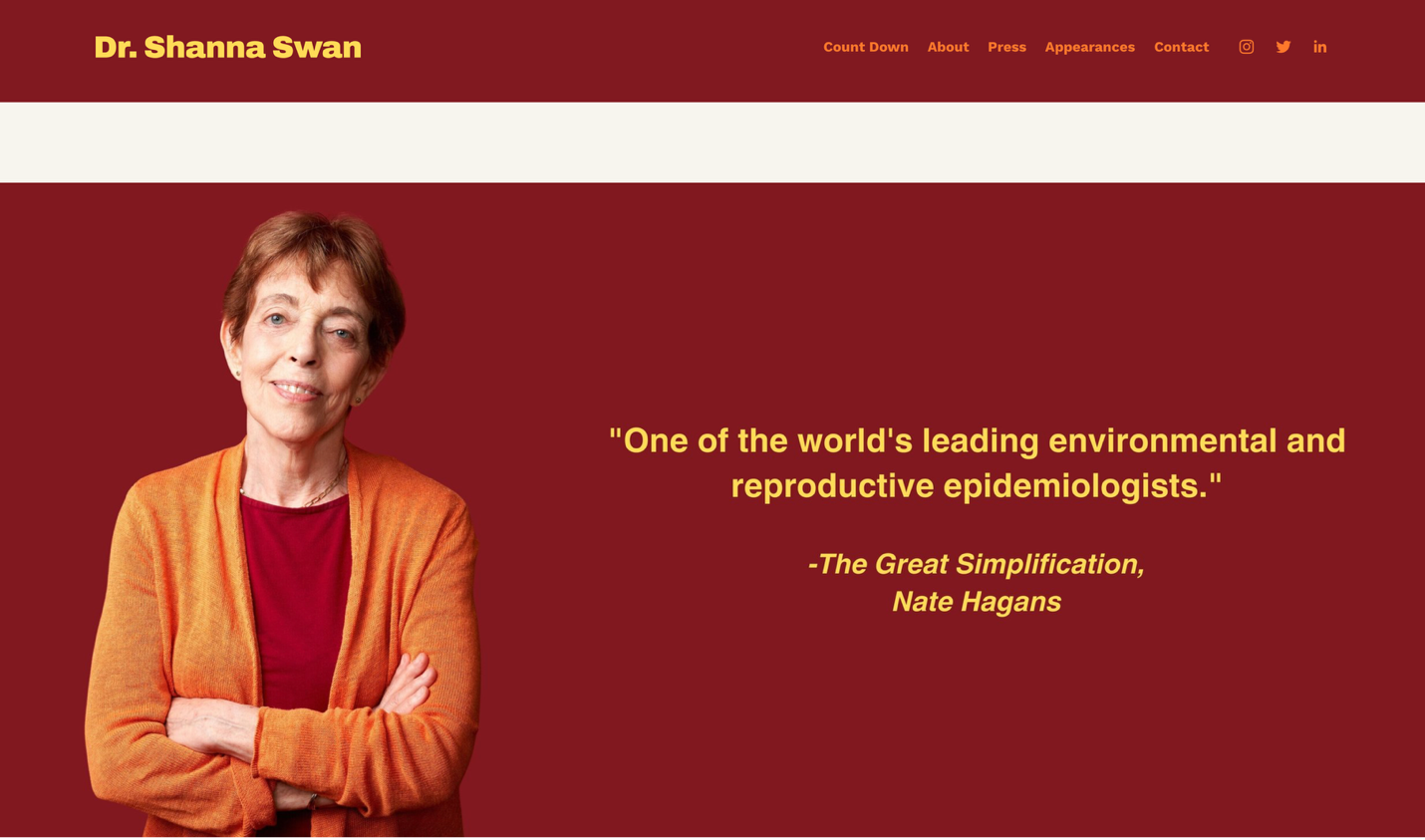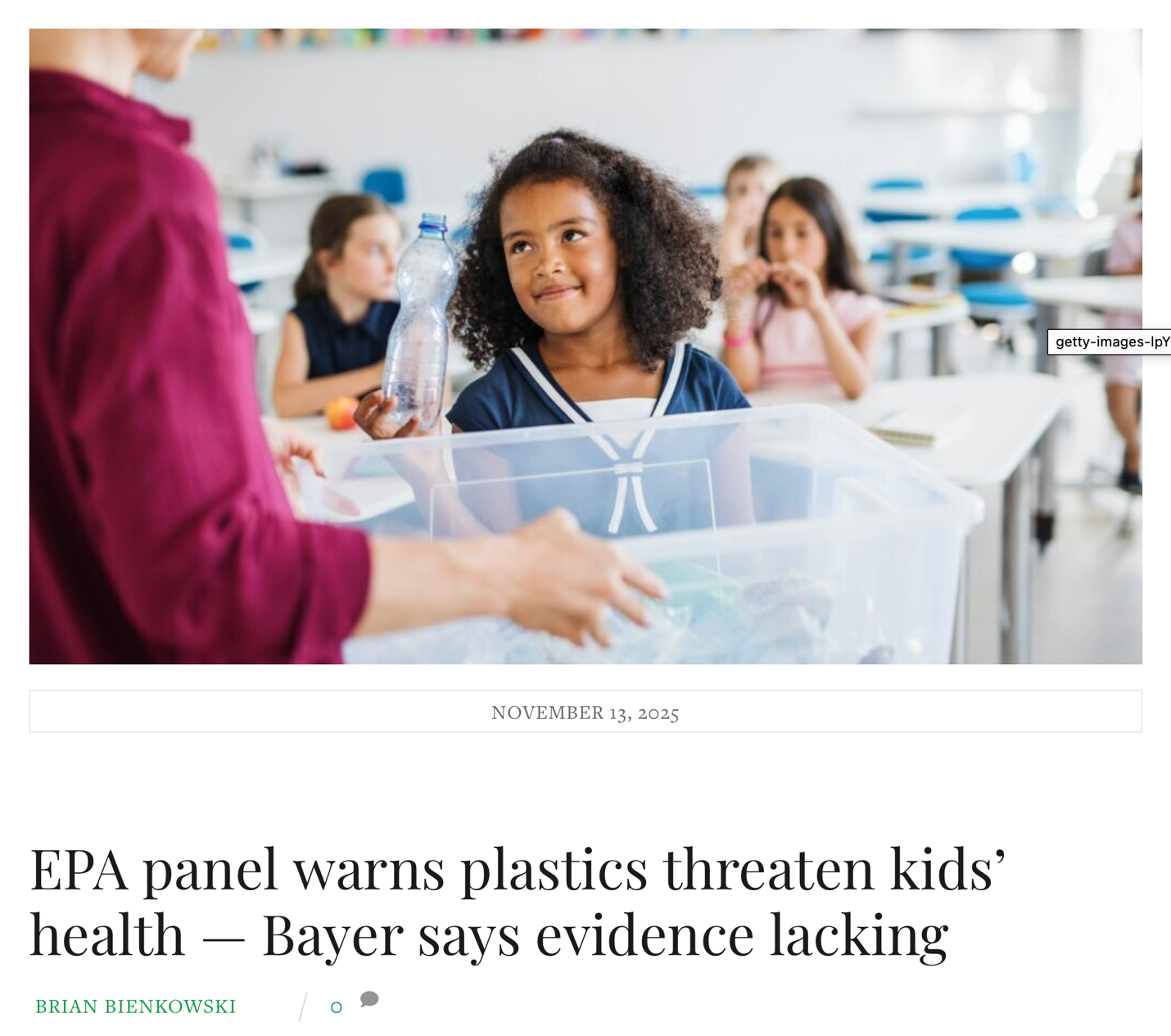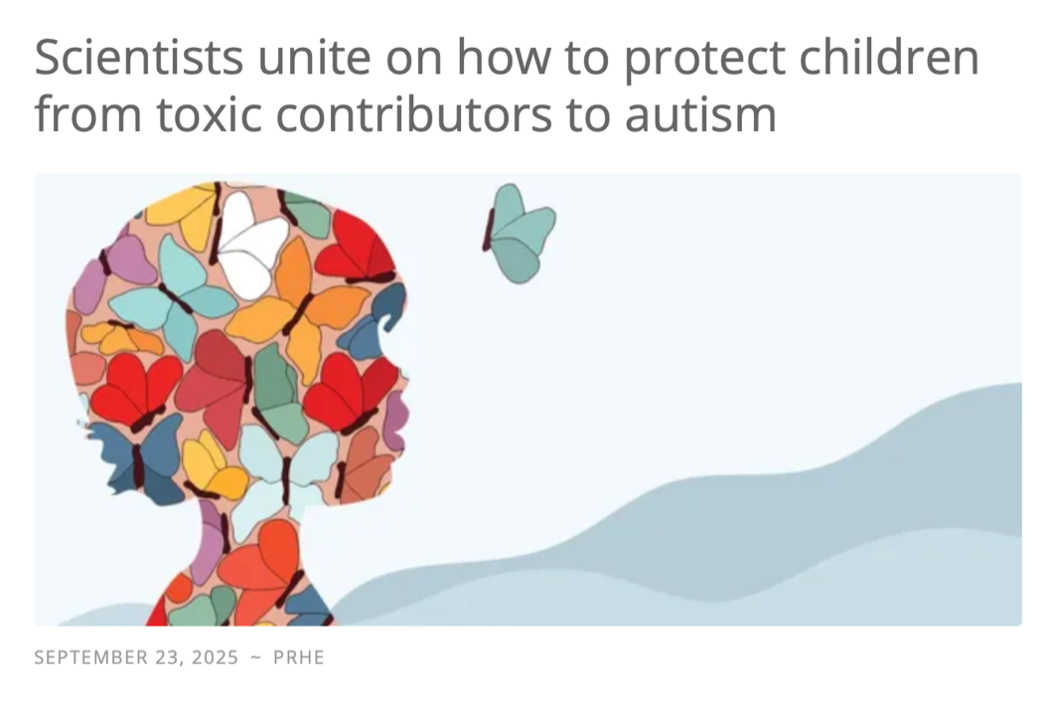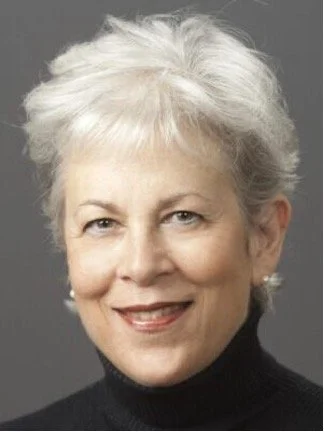In my Environmental Public Health class, we’ve been talking about pollution, population, and poverty and how these problems intertwine. It made me think about two distinct interrelations between the three P’s, as they are called: Barry Commoner’s argument about the relationship between population and pollution and the ties between poverty and pollution in the field of Environmental Justice.
Although it is true that humans have impacted their environments for millennia, Barry Commoner was among the first to articulate the sense environmentalists gained in the 1960s and 1970s that the circle of life was broken in a fundamentally new way. In his book The Closing Circle, after a long list of the many possible explanations for our out-of-control pollution, ranging from population and affluence to religion and technology, Commoner finally describes the problem of the broken circle at length:
Why, after millions of years of harmonious coexistence, have the relationships between living things and their earthly surroundings begun to collapse? Where did the fabric of the ecosphere begin to unravel? How far will the process go? How can we stop it and restore the broken links? Understanding the ecosphere comes hard because, to the modern mind, it is a curiously foreign place. We have become accustomed to think of separate, singular events, each dependent upon a unique, singular cause. But in the ecosphere every effect is also a cause: an animal’s waste becomes food for soil bacteria; what bacteria excrete nourishes plants; animals eat the plants. Such ecological cycles are hard to fit into human experience in the age of technology, where machine A always yields product B, and product B, once used, is cast away, having no further meaning for the machine, the product, or the user. Here is the first great fault in the life of man in the ecosphere. We have broken out of the circle of life, converting its endless cycles into man-made, linear events: oil is taken from the ground, distilled into fuel, burned in an engine, converted thereby into noxious fumes, which are emitted into the air. At the end of the line is smog. Other man-made breaks in the ecosphere’s cycles spew out toxic chemicals, sewage, heaps of rubbish – testimony to our power to tear the ecological fabric that has, for millions of years, sustained the planet’s life. (Commoner, 1980, p. 4)
Commoner goes on to assign our broken circle – and planet – not so much to increased population and affluence, as to the way in which we meet our increased needs, to our modes of production: “What happens to the environment depends on how the growth is achieved” (1980, p. 139). He faults the manufacture of products like non-recyclable soda bottles, synthetic fibers, pesticides, and mercury used for chlorine production; and he argues that people had equally good lives before the recyclable, compostable equivalents lost out: returnable beer bottles, wool, natural soap, and animal labor. In other words, it was not so much the amount of products used as the kind of products; synthetic organic chemicals are much at fault for the pollution we endure. The amount part of this formula has changed significantly in the decades since Commoner wrote, as has the population, but the kind argument still holds: “the tendency of the productive technology to pollute” (1980, p. 166). So while population is clearly tied to pollution, it is a complex relationship, not a simple linear one. Even with our enormous world population of 7 billion, we could be polluting a lot less if we were smarter about what and how we consumed. Of course, that is not to say that Americans in particular should not cut down on our flagrant wastefulness as well. But we could at least choose less toxic consumption, consumption that does not kill our children and others’. If you haven't already seen it, Annie Leonard's short video Story of Stuff is an excellent synopsis of this premise.
Environmental justice is a hot topic in Environmental Health, and certainly it deserves to be (Friis, 2012). Sylvia Hood Washington, author of the Newberry Award –winning Packing Them In: An Archeology of Environmental Racism in Chicago, 1865-1954, has sometimes taught as an adjunct at Benedictine. She works full-time with the UIC School of Public Health and is a dynamic, engaging person; I wholeheartedly recommend her book. One thing she and many others argue about environmental justice: chemical plants and coal-burning power plants and the like are not located in poor and predominantly black and Latino neighborhoods just because property values are lower. That does not capture the full exploitiveness of these decisions. They are also disproportionately located there because the industries know that the residents have neither the money for lawyers, nor the social capital to make a fuss, nor, perhaps, the expectation that they should not be so oppressed. Industries opportunistically piggyback on the already oppressive power structures of the majority and of the wealthy in order to get away with more than they otherwise could. They utilize and propagate the historical legacy of racism. So this is another way in which pollution relates to poverty – it’s not just that poor people cannot afford healthy conditions, though this may be true. Economically or socially disadvantaged people are actively chosen as the victims onto which industries offload their externalized costs – death, disease, disability – so that we can have cheap electricity and inexpensive pesticides, plastic bottles, flame retardants, you name it. Sky-high asthma rates, particularly among Black children in Chicago, are just one example of this (Paul, 2008; Africk, 2011). Tapped: The Environmental Impact of Bottled Water alsohas a very good section on precisely this kind of environmental injustice (Soechtig, 2009). Of course, I would argue that no one should pay with their lives for our choice of toxic products. But it is doubly unjust that we unduly burden the poor, and not just those in this country but in other countries as well, where we are increasingly offloading our toxic processes, both production and waste. The primary literature showing the health consequences of burning our e-waste is absolutely appalling, for instance.
The connections among pollution, population, and poverty are manifold, the source for multiple book-length projects, and I look forward to exploring them in the future at greater length.
References
Africk, J., et al. (2011). Asthma in Chicago: Disparities, Perspectives and Interventions. 2011 Report. Respiratory Health Association of Metropolitan Chicago. Retrieved from http://www.google.com/url?sa=t&rct=j&q=&esrc=s&source=web&cd=2&ved=0CEMQFjAB&url=http%3A%2F%2Fwww.lungchicago.org%2Fsite%2Ffiles%2F487%2F118358%2F400798%2F548388%2FRHAMC_Asthma_in_Chicago_-_Final.pdf&ei=4C9hU9S8OYKUyASGo4CQDw&usg=AFQjCNFteq4ArujVYjE9mD1d-kSzPV4gww&sig2=hoIsTK1Uv06oq9IcoY5ygA
Commoner, Barry. (1980). The Closing Circle: Nature, Man, and Technology. New York: Bantam Books.
Friis, R.H. (2012). Essentials of Environmental Health. 2nd ed. Sudbury, MA: Jones and Bartlett Learning.
Leonard, A. (2007). Story of Stuff. Retrieved from http://storyofstuff.org
Paul, M. (2008). Childhood asthma varies by neighborhood: New study finds that asthma prevalence in Chicago varied widely based on the child’s neighborhood. Northwestern University. Retrieved from http://www.northwestern.edu/newscenter/stories/2008/02/asthma.html
Soechtig, S. (Director) & Lindsey, J. (Director). (2009). Tapped: The Environmental Impact of Bottled Water. United States: Atlas Films.
Washington, Sylvia Hood. (2004). Packing Them In: An Archeology of Environmental Racism in Chicago, 1865-1954. Lanham, MD: Lexington Books.












